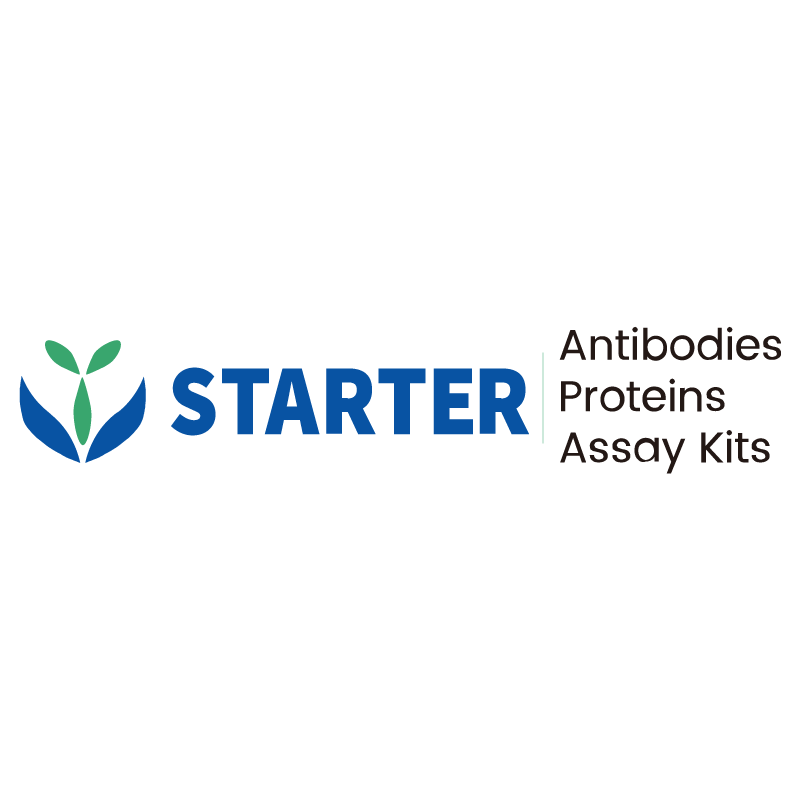WB result of EGFR Rabbit pAb
Primary antibody: EGFR Rabbit pAb at 1/1000 dilution
Lane 1: A431 whole cell lysate 20 µg
Secondary antibody: Goat Anti-rabbit IgG, (H+L), HRP conjugated at 1/10000 dilution
Predicted MW: 134 kDa
Observed MW: 180 kDa
Product Details
Product Details
Product Specification
| Host | Rabbit |
| Antigen | EGFR |
| Synonyms | Epidermal growth factor receptor; Proto-oncogene c-ErbB-1; Receptor tyrosine-protein kinase erbB-1; ERBB; ERBB1; HER1; EGF Receptor |
| Immunogen | Synthetic Peptide |
| Location | Nucleus, Secreted, Endosome, Cell membrane, Endoplasmic reticulum |
| Accession | P00533 |
| Antibody Type | Polyclonal antibody |
| Isotype | IgG |
| Application | WB |
| Reactivity | Hu |
| Positive Sample | A431 |
| Predicted Reactivity | Mq |
| Purification | Immunogen Affinity |
| Concentration | 2 mg/ml |
| Conjugation | Unconjugated |
| Physical Appearance | Liquid |
| Storage Buffer | PBS, 40% Glycerol, 0.05% BSA, 0.03% Proclin 300 |
| Stability & Storage | 12 months from date of receipt / reconstitution, -20 °C as supplied |
Dilution
| application | dilution | species |
| WB | 1:1000 | Hu |
Background
The EGFR (Epidermal Growth Factor Receptor) is a transmembrane glycoprotein located on the cell membrane and belongs to the ErbB receptor tyrosine kinase family (HER1/ErbB1). Its structure consists of three main domains: an extracellular region, a transmembrane region, and an intracellular region. The extracellular region contains four domains (I-IV), with domains II and IV being cysteine-rich and responsible for binding ligands (such as EGF and TGF-α), leading to receptor dimerization. The transmembrane region is a single α-helix that anchors the receptor in the cell membrane. The intracellular region possesses tyrosine kinase activity and includes a juxtamembrane domain, a kinase domain (with an ATP-binding site), and a C-terminal regulatory tail containing multiple autophosphorylation sites (e.g., Y992, Y1045, Y1068). EGFR activates downstream signaling pathways such as RAS/RAF/MEK/ERK and PI3K/AKT, regulating cell proliferation, differentiation, migration, and survival. Mutations or overexpression of EGFR are strongly associated with various cancers, including lung and colorectal cancers, making it a key target for drugs like gefitinib and osimertinib.
Picture
Picture
Western Blot


